
The Fellow Awards are a long-standing tradition at the Computer History Museum, dating back to 1987 when the Museum inducted its very first Fellow, computer scientist and US Navy rear admiral Grace Hopper. The Fellow Awards are an opportunity for the Museum to celebrate the heroes of computing—men and women who have made major contributions to the computer and software-driven world in which we all live.
Computing is a highly diverse field and our Fellows reflect this richness. Past Fellows have represented fields as varied as operating systems, microprocessor design, programming languages, IC fabrication, artificial intelligence, computer graphics, the Internet, databases, and mobile computing. But more than this, the Fellow Awards remind us that behind every great piece of technology is a person, or team of people, who made that technology possible through perseverance, passion, and imagination.
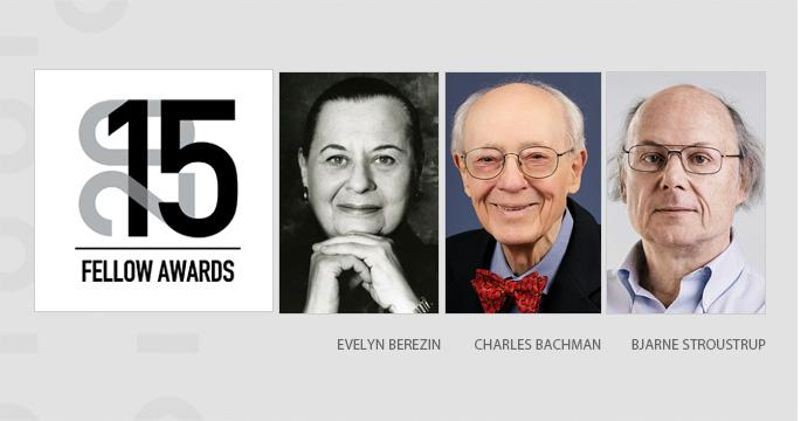
Evelyn Berezin, Charles Bachman, and Bjarne Stroustrup
On April 25, 2015, the Computer History Museum inducted three new Fellows into its elite Hall of Fellows: database pioneer Charles Bachman, computer designer and entrepreneur Evelyn Berezin, and C++ programming language creator Bjarne Stroustrup. Bachman, Berezin, and Stroustrup make a total of 73 Fellows who have defied the odds and changed the world.
Read on to learn more about each of our distinguished 2015 Fellows and find out how you can submit a nomination for the 2016 Fellow Awards.
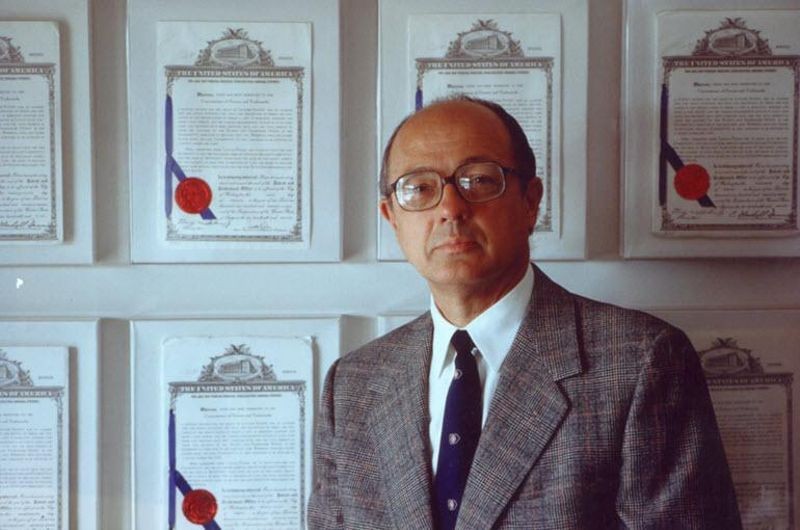
2015 Fellow Charles Bachman, honored for his early work on developing database management systems.
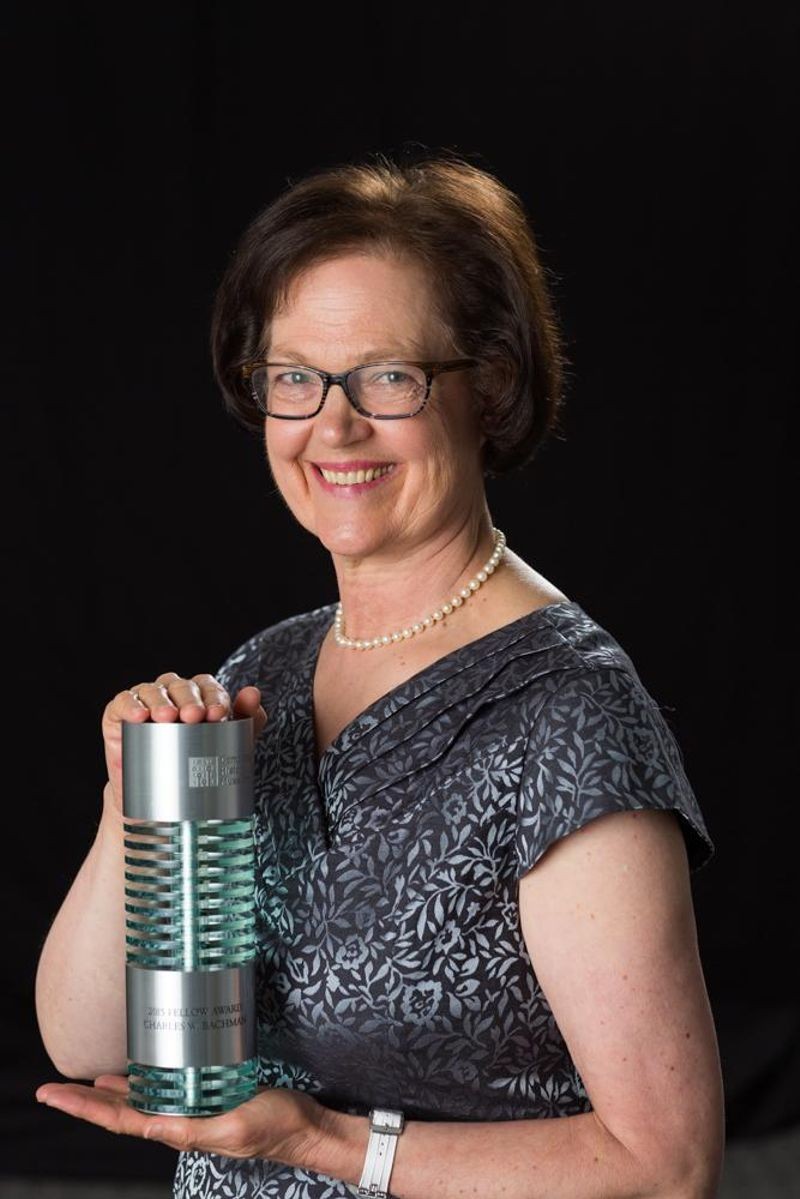
Chandini Bachman, daughter of Charles Bachman, proudly accepts the 2015 Fellow Award on behalf of her father.
In a career spanning more than 50 years, Charles W. “Charlie” Bachman has been an analyst, developer, architect, standards leader, and entrepreneur in computer software. Bachman is perhaps best known for his invention of the Integrated Data Store (IDS), the first random access database management system. He also introduced data structure diagrams in 1963, which quickly became known as “Bachman diagrams.”
From 1978 to 1982, Bachman chaired the American National Standards Institute (ANSI) and International Standards Organization (ISO) committees that standardized the OSI seven-layer reference model, a conceptual alternative to then current Internet protocols.
In 1983, Bachman founded Bachman Information Systems, which built computer-aided software engineering (CASE) tools that automated the design and publication of Bachman diagrams and generated database schemas through forward and reverse engineering.
Bachman is the recipient of numerous awards and honors, including the Association for Computing Machinery’s prestigious A. M. Turing Award in 1973 for his outstanding contributions to database technology. He was also elected a Distinguished Fellow by the British Computer Society in 1977. In 2014, Bachman was awarded the National Medal of Technology and Innovation by President Barack Obama.
Watch Charlie’s full oral history here.
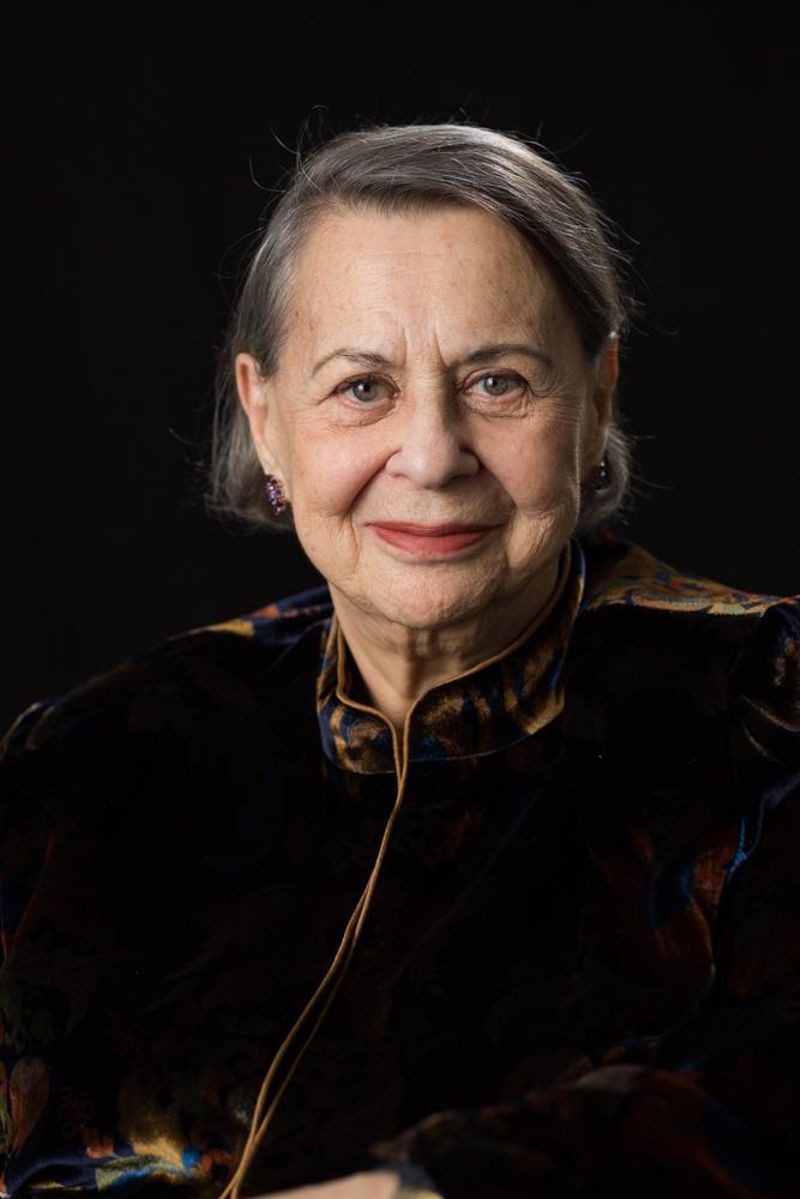
2015 Fellow Evelyn Berezin, honored for her early work in computer design and a lifetime of entrepreneurial activity.
Evelyn Berezin was born in the Bronx in 1925. With a scholarship at NYU, she received her BA in physics in 1945, followed by an Atomic Energy Commission fellowship for graduate study at NYU in 1946.
From 1951 to 1969, she worked at a number of companies and designed a variety of special-purpose computer systems, including one of the largest systems built at that time: a passenger reservations system for United Airlines, delivered in about 1962. The design of the central system (three independent, linked processors) served 60 cities throughout the United States with a one-second response time and no record of central system failures in over 11 years of operation.
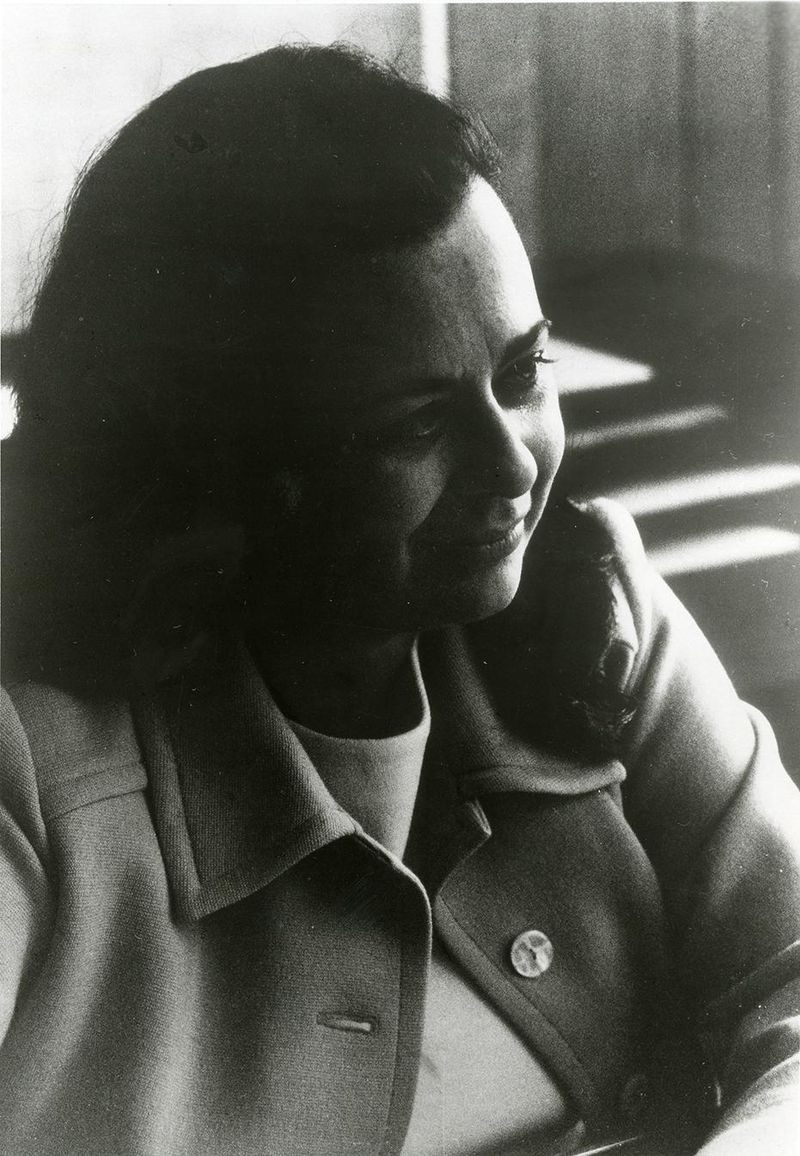
CEO of Redactron Evelyn Berezin in 1974.
Reaching a high level at any technical company at this time was a very rare occurrence for a woman, but getting into management was nearly impossible. To counter this, in 1969 Berezin started her own company, Redactron, to build mass-produced word processing systems. Redactron’s flagship product, the “Data Secretary,” was very successful and, at the peak of its business, Redactron employed over 500 people. Berezin sold the company to computer-maker Burroughs in 1976.
That same year, she was named one of the “Top 100 Business Women in the United States” by Bloomberg’s BusinessWeek magazine. Of these successful 100 women, Berezin was the only one who was president of a technology company.
Berezin has served on the boards of a number of public companies, including CIGNA, Koppers Co., Datapoint, and Standard Microsystems. She is currently on the Board of Directors of the Stony Brook (University) Foundation and is a member of the Oversight Committee of the Faculty of Arts and Sciences at NYU.
Watch Evelyn’s full oral history here
2015 Computer History Museum Fellow Evelyn Berezin
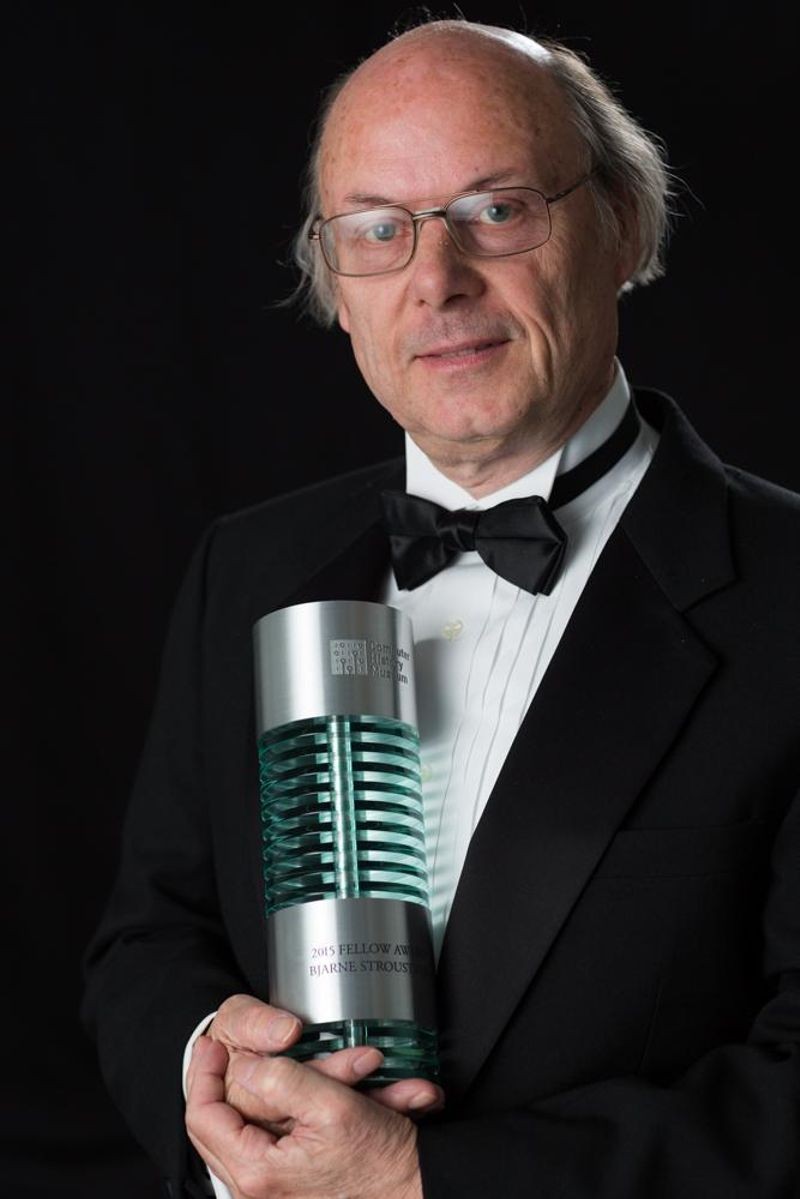
2015 Computer History Museum Fellow Bjarne Stroustrup, honored for his invention of the C++ programming language.
Bjarne Stroustrup was born in Aarhus, Denmark, in 1950. He received a master’s in mathematics from Aarhus University in 1975 and a PhD in computer science from Cambridge University in 1979.
Stroustrup then joined Bell Labs’ Computer Science Research Center in Murray Hill, New Jersey, where he designed and implemented C++. This language, based on C and inspired by Simula, provides a set of general and flexible abstraction mechanisms that can be mapped directly and efficiently onto computer hardware. C++ revolutionized the software industry by enabling a variety of software development techniques, including object-oriented programming, generic programming, and general resource management.
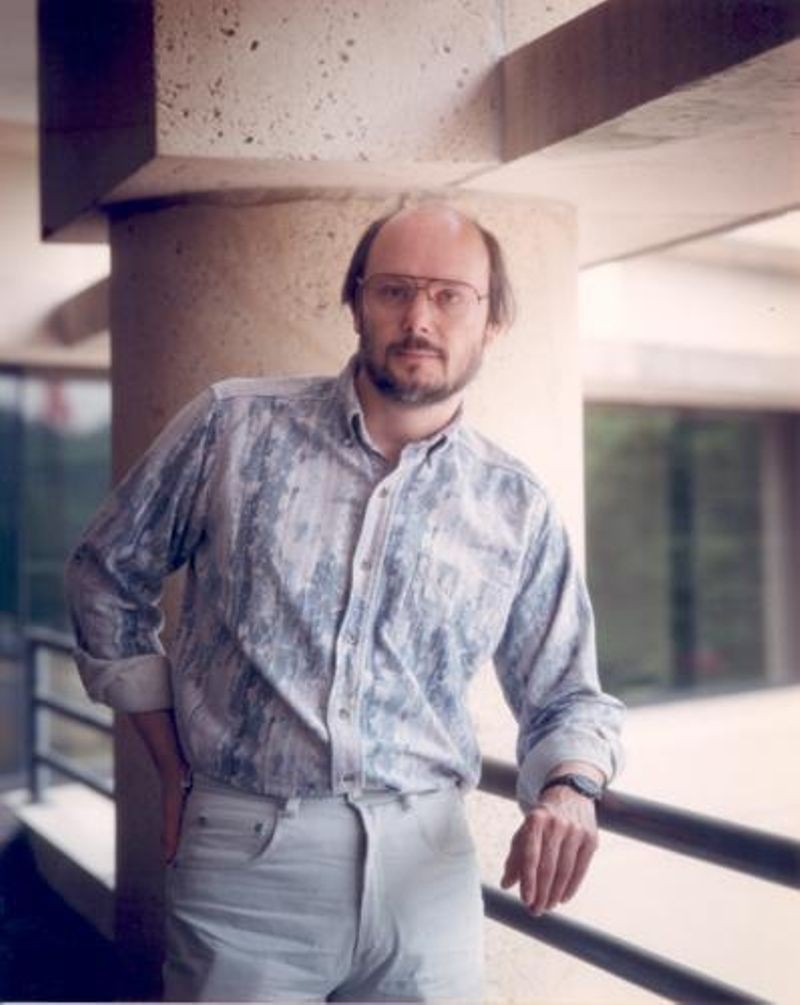
Portrait of Bjarne Stroustrup, by Wizards and Their Wondersphotographer Louis Fabian Bachrach. © Louis Fabian Bachrach
For more than two decades, C++ has been among the most widely used programming languages in the world, with applications as diverse as general systems programming, communications, computer graphics, games, user-interfaces, embedded systems, financial modeling, avionics, and scientific computation.
Stroustrup is a managing director in the technology division of Morgan Stanley in New York City, a visiting professor at Columbia University, and a Distinguished Research Professor at Texas A&M University.
Watch Bjarne’s full oral history here
2015 Computer History Museum Fellow Bjarne Stroustrup
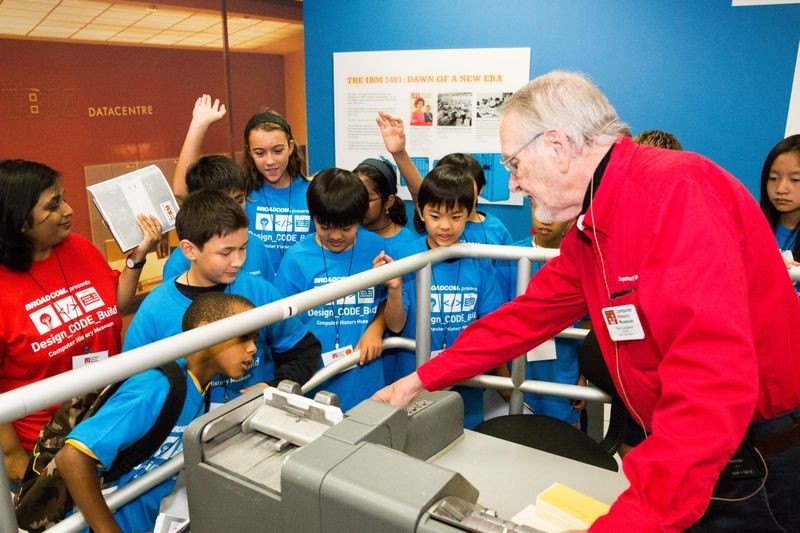
Students get an up-close look at the IBM 1401′s punched card reader with Museum docent Paul Laughton.
The Fellow Awards are just one way the Museum honors the historical foundations of computing to inspire the next generation. The Museum has a number of education programs aimed at students to encourage them to consider computing as a possible career. Perhaps one of them will be the next Charles Bachman, Evelyn Berezin, or Bjarne Stroustrup!
Hurry and get your nominations in now for the 2016 Fellow Awards. Nominations must be made in writing according to the Museum’s guidelines by August 31, 2015.
The next class of Fellows will be inducted on Saturday, April 16, 2016. Mark your calendars!
Watch the full 2015 Computer History Museum Fellow Awards